Aiming The AEW/AWACS
In order to address new threats in the electromagnetic domain, the Japan Ground Self-Defense Force (JGSDF) has decided to establish an Anti-Air Electronic Warfare Unit.
Scheduled to be operational by the end of 2024, this unit will utilize mobile anti-air electronic warfare systems to disrupt enemy early warning aircrafts (AEWs), thereby assisting the Japan Air Self-Defense Force (JASDF) in their struggle for air superiority.
As these AEWs or AWACS (Airborne Warning And Control System) play a crucial role in aerial battles by overseeing large areas beyond the reach of ground-based radars, their existence is a great nuisance to the opponent.
Contrary to their broad detection range and command/control capabilities, these aircrafts are mostly unarmed and vulnerable, making them prime targets for the other side. Thus, protecting these vital assets will be one of the decisive factors in modern warfare.
So, how does an Army unit plan to help out in this realm?
The new unit will employ high-powered electromagnetic waves, aiming to reduce the detection range of enemy AWACs from 200~300 km to under 100 km (or from 125~186miles to just 62 miles).
This is to be achieved using the large antennae mounted on trucks, with two sets costing a total of 50 million USD. By degrading the enemy’s detection range through ground-based electronic attacks, JASDF can take the opportunity to close in and eliminate these early warning aircrafts.
While the unit’s basecamp is yet to be announced, they will certainly be airlifted to the southwestern islands in the event of a conflict, due to the limited range of such ground-based electromagnetic equipment.
The Other Electronic Warfare Unit
Now, we have previously explained that JGSDF already has an Electronic Warfare Operations Unit, which was established back in 2022.
The roles and responsibilities of the two units overlap in certain areas, such as both using jamming tactics during conflict, but there are some key differences.
Firstly, the Electronic Warfare Operations Unit primarily focuses on gathering electromagnetic information and analyzing them for future use.
Moreover, the Electronic Warfare Unit intends to disrupt enemy communications by using their frequencies, whereas the Anti-Air Electronic Warfare Unit specifically targets early warning and control aircrafts.
Using Against Spy Balloons?
Although we have explained enemy AEWs and AWACS being the primary targets for the new electronic warfare unit, there is also discussion about using this against Chinese spy balloons.
As most still remember, Chinese spy balloons briefly became the center of attention in 2023, when they flew over the continental United States, only to be later shot down by an F-22 stealth fighter.
Such balloons have also been spotted in other parts of the world, including over the city of Sendai (Japan) back in 2020.
Therefore, the Defense Ministry is exploring the possibility of using electromagnetic waves to disable these spy balloons or at least interfere with their communications.
Whether directing electromagnetic waves towards spy balloons would work out remains to be seen, but the ongoing US analysis of the salvaged wreckage may provide further insights into their onboard equipment and communication systems.
Of course, if electromagnetic waves can be proved effective against spy balloons, then the same features can be utilized in counter-drone operations.
But, using such large, expensive equipments against relatively low value targets does not seem like a cost-effective solution.


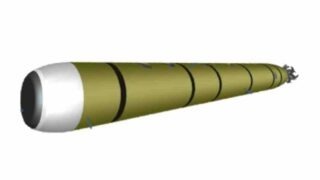


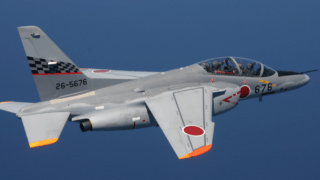
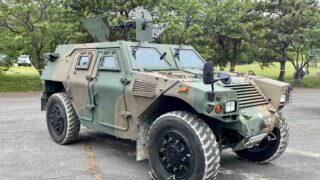


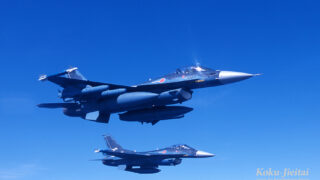
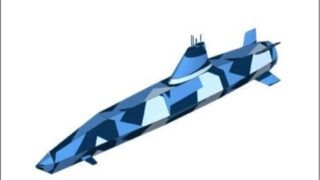

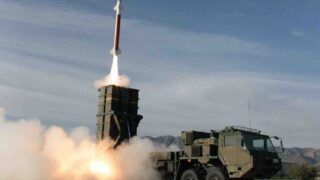

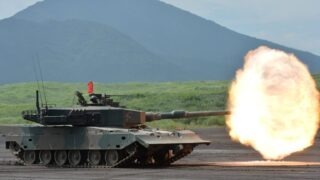


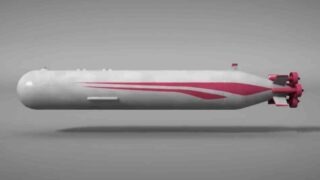

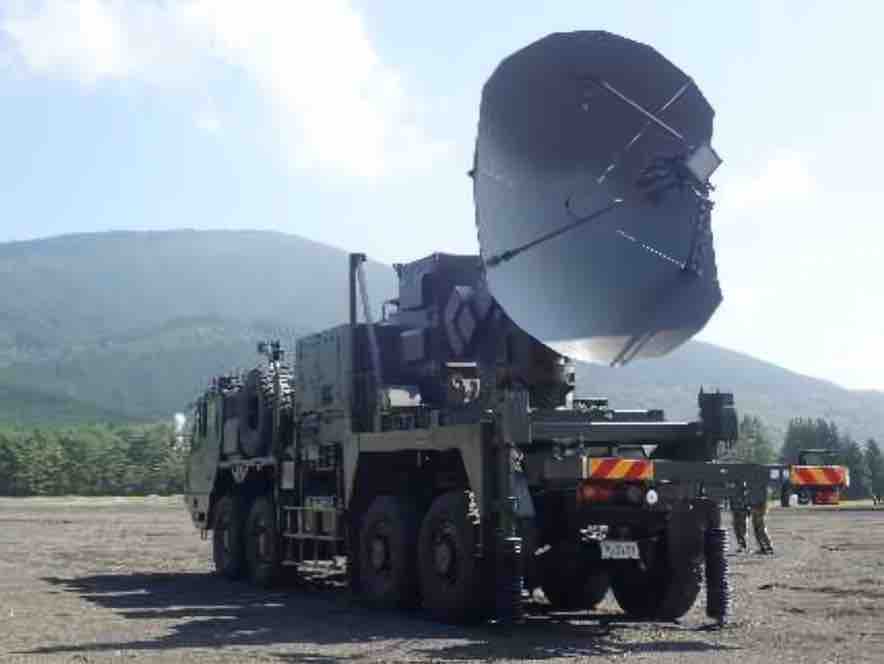
Comments